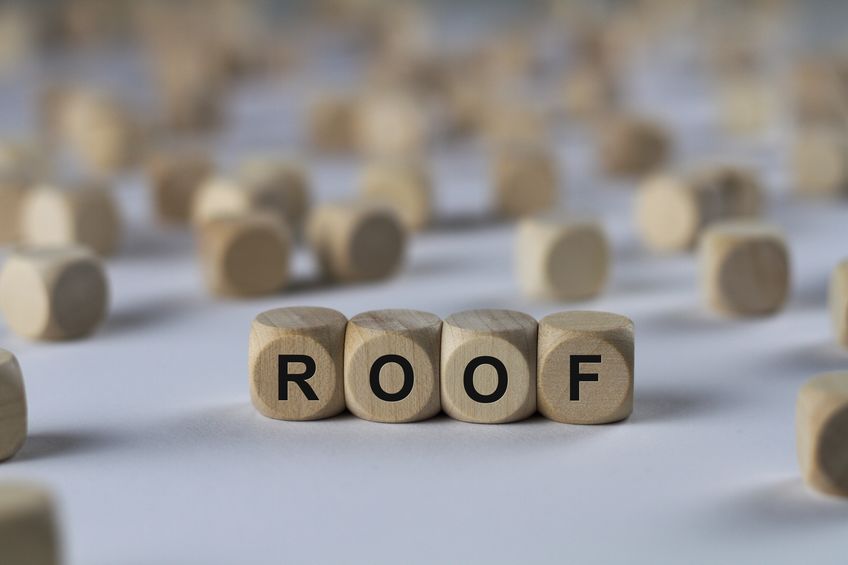
If you need new materials for your replacement roof in Lakewood, either because the old roof has reached the end of its lifespan or because it has been damaged beyond repair by the most recent storm, you surely want to make sure that the materials you choose are the ones that work best for the roofs in the area and are also the most suitable for your building. According to a respected Lakewood roofing contractor, here are some factors to consider and some of the best options available.
Consider the Climate
Located between Denver and Colorado Springs, Lakewood gets semi-arid climate, with mild, snowy winters, moderate to hot summers and large differences in temperature between the day and the night. Lakewood weather can get very capricious, too, with lots of strong hailstorms, even hurricanes. Consequently, the materials that work best in the area are the ones that can resist high humidity, that are not affected by the weight of snow, by strong sunshine and that can support the weight of thick blankets of snow. The best choices for these climate conditions include clay and cement tiles and metal for sloping roofs and metal, built-up materials and foam for flat structures.
Your Budget
Roofing materials are very different when it comes to pricing. Clay and cement tiles are at the top of the range, followed in line by metal, especially if you choose more sophisticated varieties, such as copper or stone coated metal. Built-up roofs and asphalt shingles are at the other end of the scale, being among the most affordable options.
The Appearance
Clay and cement tiles and slate are probably the most attractive materials, solutions that confer a unique, timeless elegance to any building. Metal roofing materials also make eye-catching solutions – they are available in a wide variety of colors, textures and shapes, in large panels as well as in the form of smaller tiles and shingles. The material’s appearance is not so important in the case of flat roofs, so if you need a new material for your flat roof, you should focus on the material’s resistance and durability, rather than the looks.
Durability
Roofing materials are varied in terms of their expected lifespan as well. Slate is the most durable of them all – the material made from natural stone can stay on your roof for up to 100 years. Clay and cement tiles come with a durability of around 50 years, metal roofs can last for about 25-40 years, while shingles can stay strong for about 10-15 years.
Installation and Maintenance
Slate, clay and cement tiles need to be installed by professionals, while shingles and metal can be safely handled by experienced DIYers as well. In many states, shingles and metal roofing material can be installed on top of the old roof, without requiring the removal of the previous layer of roofing materials, provided the old roof is strong enough to bear the weight of the new one.
In terms of maintenance needs, clay and cement need hardly any attention, while metal roofs can benefit a lot from the regular application of waterproofing and reflective coatings.
